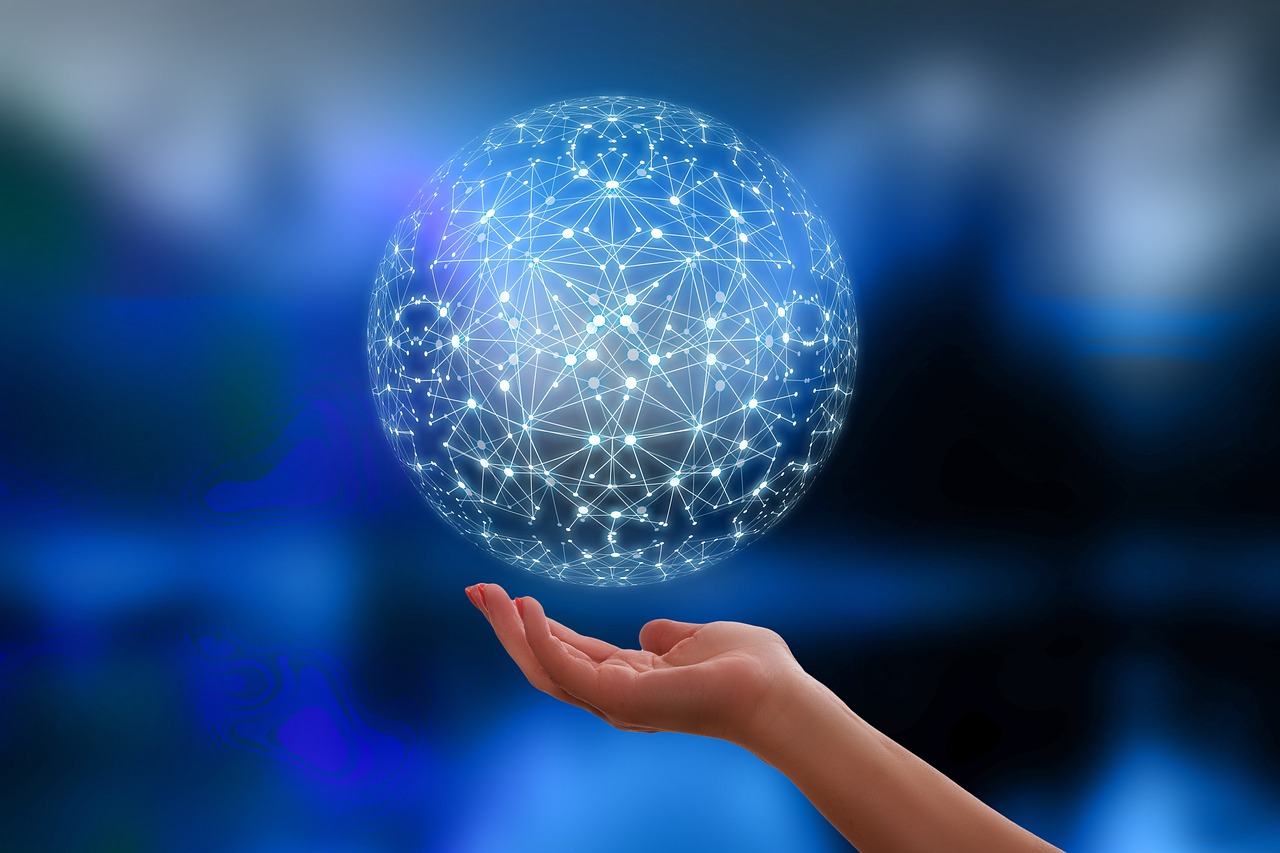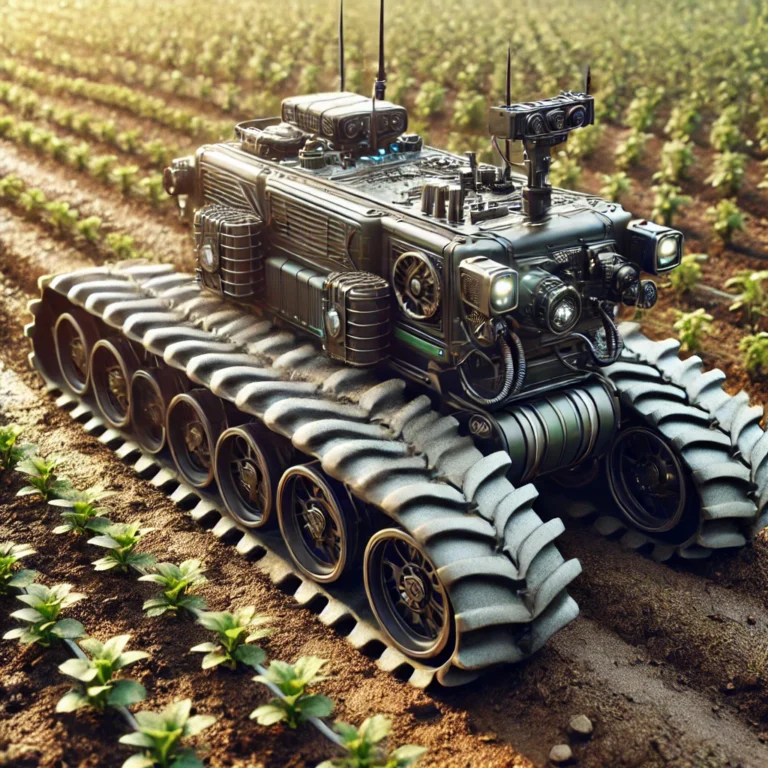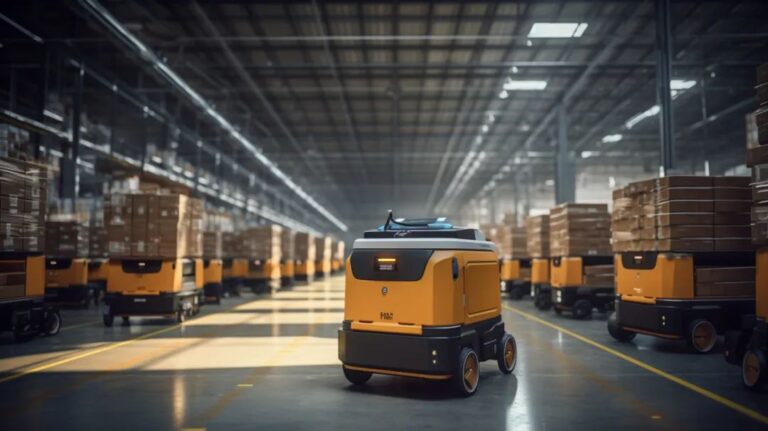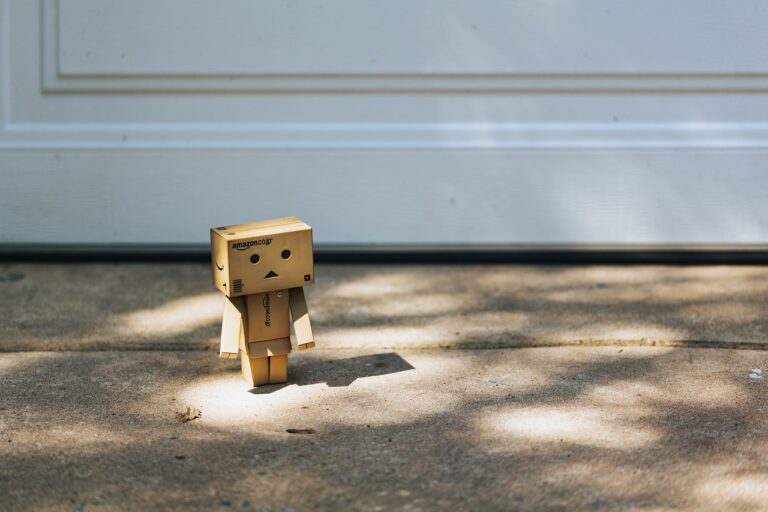We help the world since 2012

Innovative Uses of DC a DC Converter Technology
As industries evolve, so do the tools that power them. Among these critical tools is the DC a DC converter, an essential component in modern electronics, from industrial robots to space technology. While dc-dc converters are often discussed in traditional contexts like voltage regulation and power management, let’s explore some of the more unique applications, emerging trends, and how they are shaping the future of various industries.
- The Role of DC-DC Converters in Autonomous Robotics
- DC-DC Converters Powering Space Exploration
- Energy Harvesting with DC-DC Converters in IoT Devices
- Electric Aviation: The Next Frontier for DC a DC Converters
- How DC a DC Converters are Revolutionizing Electric Grids
- The Future of DC-DC Converters : AI-Optimized Power Systems
- Conclusion: Beyond Voltage Regulation – The Future of DC-DC Converters
The Role of DC-DC Converters in Autonomous Robotics
When we think of dc-dc converters, robotics is usually the first application that comes to mind. However, autonomous robotics—self-operating machines without human control—brings forth more complex challenges where dc a dc converter technology shines.
Imagine a rescue robot navigating through a disaster zone, searching for survivors in collapsed buildings. These robots often need multiple power levels to operate various components: cameras, sensors, and motors. In such a demanding environment, dc – dc converters are essential for maintaining stable voltage outputs despite fluctuating input conditions.
Innovations in dc-dc converters allow these robots to perform longer and adapt to power needs in real-time. For instance, high-efficiency dc a dc converters now enable robots to conserve power during idle moments and allocate more energy during active operations, making rescue missions more successful.
DC-DC Converters Powering Space Exploration
Another exciting and unconventional use of dc a dc converters is in space technology. Spacecraft, satellites, and rovers need to operate under extreme conditions where power supply must be both reliable and adaptable. This is where dc-dc converters with high tolerance for voltage fluctuations come into play.
For example, the Mars rover requires various voltage levels to power its instruments while maintaining energy efficiency over long durations. With advancements in dc a dc converter technology, space agencies are now able to design more compact, efficient power systems that extend the lifespan of these space missions.
What’s even more fascinating is the development of dc – dc converters that can operate in the harsh environments of space without significant performance degradation. This innovation is vital for future Mars colonization efforts, where power management will play a key role in sustaining life on another planet.
Energy Harvesting with DC-DC Converters in IoT Devices
With the rise of the Internet of Things (IoT), the demand for low-power, energy-efficient devices has skyrocketed. One exciting application of dc a dc converters is in energy harvesting—capturing ambient energy from the environment and converting it into usable power.
Imagine a smart city where sensors on streetlights monitor air quality, traffic, and weather. These IoT devices rely on dc-dc converters to manage the energy harvested from solar panels or even the vibrations of passing cars. The ability to efficiently manage this energy through dc – dc converters is what enables these devices to operate continuously without the need for battery replacements.
Moreover, IoT systems that use dc-dc converters are helping industries reduce their carbon footprint by making use of sustainable, renewable energy sources. With technology advancing, dc dc dc power solutions are becoming a core part of sustainable design in smart city initiatives.
Electric Aviation: The Next Frontier for DC a DC Converters
As electric vehicles are becoming mainstream, another revolution is taking off—literally. Electric aviation is now a rapidly developing industry, and dc a dc converters are playing an integral role in making this dream a reality.
Electric planes, like drones and urban air taxis, require lightweight yet powerful energy solutions to be feasible. DC-dc converters help manage the power between batteries and the various systems on board, from navigation equipment to propulsion motors. These planes must be lightweight to increase flight range, and the compact size of modern dc a dc converters makes them ideal for this purpose.
Additionally, the increased interest in vertical take-off and landing (VTOL) aircraft has pushed innovation further. These flying vehicles need dc – dc converters that can switch between power-hungry vertical lift and more efficient cruising modes seamlessly. As electric aviation grows, dc-dc converters will be at the heart of this new transportation era.
How DC a DC Converters are Revolutionizing Electric Grids
DC a dc converters are also playing a transformative role in modernizing the energy grid. As more renewable energy sources like solar and wind power are integrated, dc-dc converters are key to managing the variability and intermittency of these sources.
Take microgrids, for instance—localized grids that can operate independently or in conjunction with the main grid. Microgrids rely heavily on dc a dc converters to regulate energy distribution between different generation sources and storage systems. These converters help balance the grid by ensuring that renewable energy sources can seamlessly switch between providing power and storing excess energy.
Furthermore, dc – dc converters are critical for maintaining grid stability during peak usage times. By dynamically managing power flows, dc a dc converters reduce energy waste and improve overall grid efficiency, making energy systems more resilient in the face of growing demand.
The Future of DC-DC Converters: AI-Optimized Power Systems
As artificial intelligence (AI) continues to grow, it’s also impacting the way dc-dc converters are designed and utilized. In the future, dc a dc converters will be able to dynamically adapt to real-time conditions, predicting power needs before they arise. This is especially crucial in industries like electric vehicles and autonomous systems, where efficiency and power optimization can directly impact performance.
AI-driven dc – dc converters could analyze complex data to optimize power distribution across an entire system. Imagine a smart city where the power network learns from usage patterns and adjusts energy flows accordingly. By integrating AI with dc a dc converters, we could see unprecedented levels of energy efficiency, leading to smarter, more sustainable infrastructure.
Conclusion: Beyond Voltage Regulation – The Future of DC-DC Converters
The dc a dc converter is far more than just a device that regulates voltage—it’s a driving force behind some of the most exciting technological advancements of our time. From space exploration to electric aviation and IoT energy harvesting, dc-dc converters are shaping the future in ways that go beyond their traditional roles.
Whether it’s making autonomous robots more efficient, ensuring the stability of electric grids, or powering the aircraft of tomorrow, dc a dc converters are essential tools for the next wave of innovation.
If you’re exploring the latest dc – dc converters for your next project, consider how these innovations can give you a competitive edge. Stay ahead of the curve by choosing solutions that not only meet your current needs but also prepare you for the technological future.




